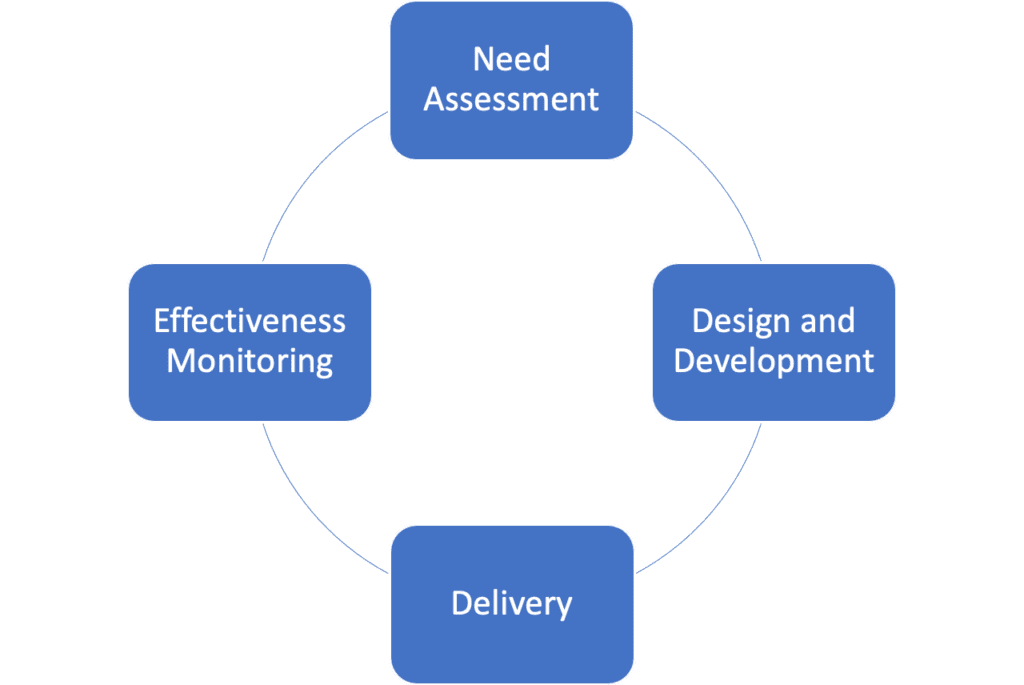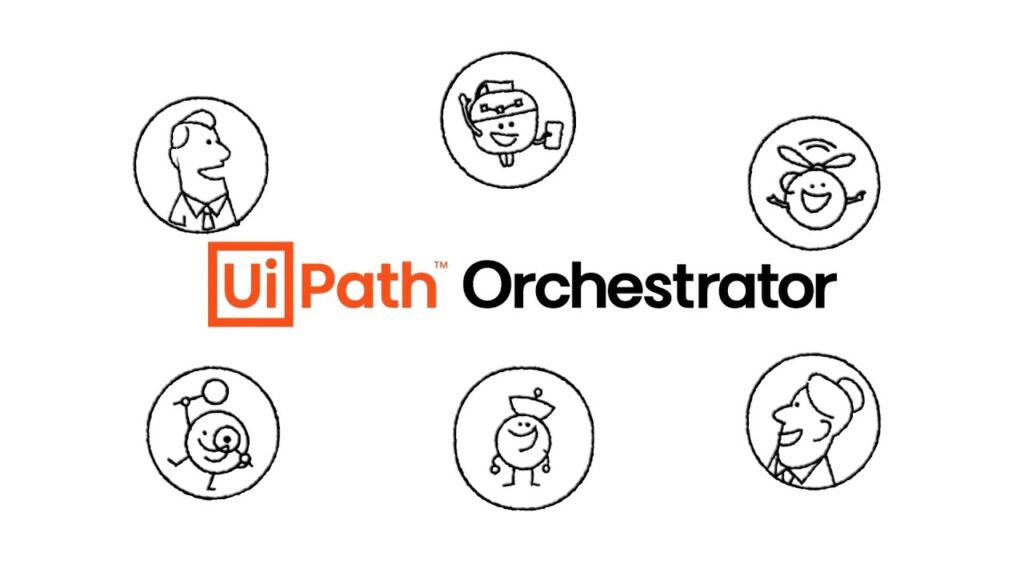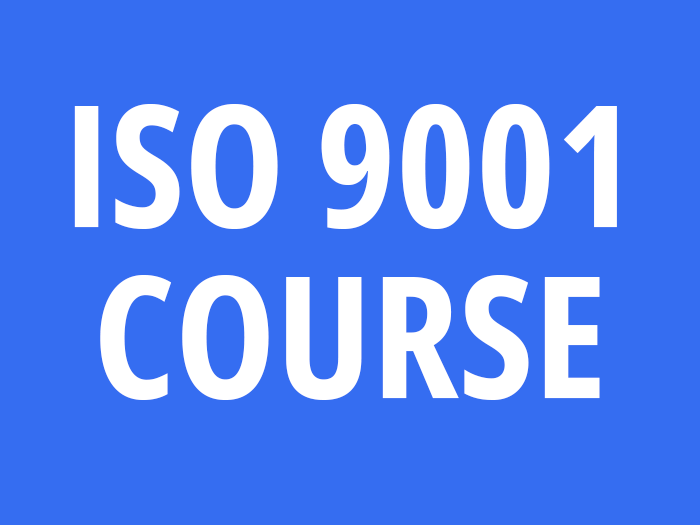ISO 9001
Elevate Quality with ISO 9001
Elevating Quality: Your ISO 9001 Journey
As a committed professional passionate about quality and excellence, you are on the verge of leading a pivotal transformation within your organisation. You now have the chance to implement a comprehensive Quality Management System (QMS), ensuring that your organisation meets global standards and excels in every operational aspect. To succeed, expert training is essential.
Seize the Opportunity
You have two clear paths: Option 1: Choose the ISO 9001 Path Enroll in the ISO 9001 course. This detailed training will provide you with a deep understanding of key quality management principles necessary to meet international standards. You will learn how to design and implement a QMS that enhances every function in your organisation. Achieving ISO 9001 certification will not only improve efficiency and customer satisfaction but also position your organisation as a leader in excellence. Your role in this transformation will establish you as a key driver of success. Option 2: Maintain Current Practices Alternatively, you can continue with existing processes and quality systems without adopting the structured approach ISO 9001 offers. While some improvements may occur, lacking a formal QMS may limit opportunities for global recognition and optimised performance. This path may fall short of the impact you aim to achieve.
Why ISO 9001 Matters
The ISO 9001 course equips you with the essential knowledge to implement a QMS that drives continuous improvement. Applying the principles of ISO 9001 ensures that processes are efficient, risks are managed effectively, and customer satisfaction is prioritized. This course gives you the tools to raise every aspect of quality within your organisation and align operations with global standards.
Your Decision Ahead
This is your choice: Option 1: Follow the ISO 9001 Path By enrolling in the ISO 9001 course, you gain a framework to elevate your organisation’s quality and operational efficiency. You’ll lead the implementation of a QMS that drives continuous improvement, ensuring that your organisation meets international standards and fosters long-term success. This course will also enhance your career trajectory by positioning you as an expert in quality management. Option 2: Stick with Current Practices Continuing with your current approach may limit your organisation’s ability to achieve excellence in quality management. Without the structure that ISO 9001 provides, your potential for global recognition and comprehensive improvements may remain underutilised.
Why Choose ISO 9001?
By choosing ISO 9001, you are setting your organisation on a path to achieve exceptional quality standards and a culture of continuous improvement. You’ll acquire the expertise needed to implement efficient processes, secure ISO 9001 certification, and deliver lasting change within your organisation. This decision not only strengthens your professional growth but also positions you as a leader who drives operational excellence. With ISO 9001, you are equipped to lead confidently and create lasting impact.
1 - Introduction to ISO 9001
Understanding the basics and relevance of ISO 9001.
2 - Quality Management Principles
Exploring the foundational principles of ISO 9001.
3 - ISO 9001 Requirements
A thorough review of the ISO 9001 standard.
4 - Implementing a QMS
Steps to create and implement a QMS.
5 - Process Approach
Applying a structured approach to processes.
6 - Risk-Based Thinking
Integrating risk management into your QMS.
7 - Documentation and Records
Managing QMS documentation efficiently.
8 - Internal Audits
Conducting effective audits of your QMS.
9 - Continuous Improvement
Techniques for driving ongoing improvement.
10 - Certification Process
Navigating the ISO 9001 certification journey.
11 - Case Studies and Real-World Applications
Applying ISO 9001 concepts in practical scenarios.
Take the First Step Toward Transforming Your Team!
Our in-house training services are designed with your unique goals in mind. Here’s how we work together to create lasting impact:
Step One: Training Needs Assessment
We collaborate to understand your team’s challenges and goals, tailoring every aspect of the training to your needs.
Step Two: Custom Design and Development
We craft a curriculum based on your specific requirements, ensuring it’s both practical and relevant.
Step Three: Expert Delivery
Our experienced trainers engage your team, fostering real-world skills.
Step Four: Monitoring Effectiveness
Together, we evaluate the program’s impact to ensure lasting results.
What About Costs?
Before we assess your needs and design your course, we can’t provide an accurate fee. For example, a one-day workshop on communication skills may differ significantly in cost from a multi-week leadership development program with advanced role-playing exercises and follow-ups. Each program’s cost depends on its complexity, duration, and materials required.
What’s Next?
The first step is a Training Needs Assessment. This allows us to define the program and provide a detailed proposal tailored to your goals and budget.
📅 Click Below to Schedule Your Session Use our calendar to book your session and start building a training program that delivers real value for your team.
🚀 Schedule Your Assessment Now!

Questions must be Answered in the first stage of Need Assessment :
Enroll Now!
Take this opportunity to elevate your skills and become a leader in quality management by enrolling in the ISO 9001 course.
• Group Discounts: Special rates are available for teams and organizations.
• Contact Us: Reach out via email at info@consuledge.com or call us at (02) 8530 2669 for more details.
Any Questions?
So we can get to know you and your needs better
Here's What We Can Help With :
Run into a problem using Consuledge ? Check out our Policy for set-up guides and feature release notes.
- Contact our sales team to talk about your LMS requirements
- Get customer support
- Contact our partnerships team
- Answer any other questions you may have
- Contact our sales team to talk about your LMS requirements
- Get customer support
- Contact our partnerships team
- Answer any other questions you may have
FAQ
What is the most significant duration driver for a company to achieve ISO 9001 accreditation?
The journey to ISO 9001 accreditation can be a bit like training for a marathon, timing and preparation are crucial. Here’s what you need to focus on to ensure a smooth and timely path to accreditation:
• Understanding and Preparation: The most significant duration driver is the company’s initial understanding and preparation. Investing time upfront to thoroughly grasp the ISO 9001 standards and their requirements can drastically reduce the time needed for implementation. It’s like knowing the route before you start the race, essential for efficiency.
• Gap Analysis and Planning: Conducting a thorough gap analysis to identify where your current practices fall short of ISO 9001 standards is critical. Developing a detailed action plan based on this analysis ensures that you address all necessary areas systematically. Think of it as mapping out your strategy before hitting the road.
• Resource Allocation: Adequate allocation of resources, including time, personnel, and budget, is essential. If resources are stretched thin or misaligned, the process can be delayed. Imagine trying to run a marathon in flip-flops—proper gear (or resources) makes all the difference.
• Training and Awareness: Ensuring that your team is well-trained and aware of ISO 9001 requirements can significantly impact the timeline. Proper training accelerates the implementation process and fosters a culture of quality. It’s like having a coach who keeps everyone on pace and motivated.
• Documentation and Implementation: Developing and maintaining accurate documentation and effectively implementing the QMS are key drivers. Inadequate documentation or implementation can lead to delays and rework. It’s akin to having a clear and precise game plan to follow.
• Internal Audits and Reviews: Conducting internal audits and reviews to assess progress and make necessary adjustments can streamline the accreditation process. Regular check-ins keep the process on track and help avoid last-minute rushes. Think of it as having periodic pit stops during your marathon to ensure you’re on the right track.
• Core Problems Solved:
o Lack of clear understanding of ISO 9001 requirements.
o Inadequate planning and gap analysis.
o Misallocation of resources and poor documentation practices.
o Insufficient team training and awareness.
o Ineffective internal audits and reviews.
By focusing on these key areas, you can significantly reduce the duration required for ISO 9001 accreditation and ensure a more efficient and successful process. Your leadership in navigating these challenges not only enhances your role but also contributes to your organisation’s overall quality management success.
Are you suggesting doing Continuous Improvement (CI) projects in organisations that don’t have a Quality Management System (QMS) yet?
The age-old question of whether to start running before you’ve mastered walking. Here’s a thoughtful look at why and how to approach CI projects if your organisation hasn’t yet established a QMS:
• Build the Foundation First: While CI projects are essential for driving excellence, they’re most effective when built on a solid foundation. Implementing a QMS first ensures you have a structured framework to support and sustain your CI initiatives. Think of it as laying the groundwork for a house before adding the fancy decor.
• Set Realistic Expectations: Without a QMS, CI projects might lack direction and clarity, making it challenging to measure progress and sustain improvements. It’s like trying to improve your golf swing without knowing the basics of the game—frustrating and less effective.
• Quality Management Framework: A QMS provides the necessary tools, processes, and metrics to track and enhance CI efforts. Once a QMS is in place, CI projects can be more targeted, strategic, and impactful. It’s the difference between hitting the bullseye with a well-aimed arrow versus a wild shot in the dark.
• Incremental Approach: If your organisation is keen on starting CI projects before a full QMS implementation, consider a phased approach. Begin with small-scale, manageable projects that can offer quick wins and build momentum. Just remember, even a marathon starts with a single step.
• Core Problems Solved:
o Lack of structure and measurement for CI initiatives.
o Difficulty in sustaining and scaling improvements without a QMS.
o Potential misalignment of CI efforts with overall organisational goals.
In summary, while CI projects are valuable, they’re most effective when supported by a robust QMS. Starting with a QMS provides the structure and support necessary for meaningful and sustained improvements, ensuring your CI efforts deliver real, measurable results. By leading with a QMS first, you position yourself as a strategic thinker who drives long-term success and adds significant value to your organisation.
Which local or global Certification Body (CB) do you recommend for ISO 9001 accreditation purposes?
The quest for the perfect Certification Body, it’s a bit like dating. You want to find the right fit that aligns with your goals and standards. Here’s a guide to help you make an informed choice:
• Local Expertise, Global Standards: For Australian industries, selecting a Certification Body with strong local knowledge and global recognition is crucial. Look for CBs that have a solid track record in the Australian market and are accredited by international organisations such as the International Accreditation Forum (IAF). This ensures they understand local nuances while adhering to global standards.
• Reputation and Reliability: Choose a CB known for its integrity and thoroughness. A well-regarded CB will not only guide you through the accreditation process but also provide valuable feedback for continuous improvement. Think of them as your trusted advisor who’ll help you polish your quality management practices to perfection.
• Experience and Expertise: Opt for a CB with extensive experience in your industry. Their familiarity with sector-specific challenges and requirements can make the accreditation process smoother and more relevant. It’s like picking a coach who knows the game inside and out.
• Service Quality and Support: Evaluate the level of support and service offered by the CB. Effective communication, timely responses, and helpful resources can make your journey to accreditation much less stressful. Imagine having a supportive guide who’s always ready to assist you through every twist and turn.
• Core Problems Solved:
o Lack of industry-specific knowledge and support.
o Inadequate guidance and feedback during the accreditation process.
o Insufficient alignment with local and global standards.
In summary, choosing the right Certification Body is a strategic decision that can greatly impact your ISO 9001 accreditation journey. Look for a CB that combines local expertise with global standards, has a stellar reputation, and offers excellent support. By making a well-informed choice, you position yourself and your organisation for successful accreditation and demonstrate your commitment to quality and excellence.
What are the key considerations for defining the scope of a Quality Management System (QMS)?
Defining the scope of your QMS is like setting the boundaries of a grand project, get it right, and you’ll pave the way for streamlined processes and impressive results. Miss a detail, and you might end up with a bit of a mess. Here’s a guide to ensure you hit the mark:
• Understand organisational Context: Start by grasping the full picture of your organisation. This includes its size, structure, and the various processes that drive its operations. It’s like knowing the terrain before you set out on a journey, essential for a smooth ride.
• Identify Stakeholder Needs: Consider the expectations and requirements of all relevant stakeholders, customers, suppliers, and regulatory bodies. This will help you align your QMS scope with what truly matters. Think of it as making sure everyone’s voice is heard before making a plan.
• Define Boundaries Clearly: Clearly outline which parts of the organisation will be covered by the QMS. Decide whether it will encompass the entire organisation or just specific departments or processes. It’s like deciding whether your quality system should be a nationwide initiative or just a regional effort.
• Address Regulatory and Legal Requirements: Ensure the scope includes all relevant legal and regulatory requirements. Missing out on these could lead to compliance issues and potential headaches. It’s akin to forgetting the fine print in a contract, always a bad idea.
• Assess Resource Availability: Be realistic about the resources you have both in terms of manpower and budget. Your QMS should be feasible within the available resources. It’s like planning a party with the right amount of food and drinks—overdoing it or underestimating can lead to trouble.
• Core Problems Solved:
o Inadequate alignment with organisational goals and stakeholder expectations.
o Overlapping or missing elements in the QMS leading to inefficiencies.
o Compliance issues due to overlooked regulatory requirements.
In summary, defining the scope of your QMS requires a thoughtful approach that considers organisational context, stakeholder needs, clear boundaries, regulatory requirements, and resource availability. By addressing these considerations, you set yourself and your organisation up for a QMS that enhances efficiency, ensures compliance, and drives continuous improvement
Courses you might be interested in

The Symbiosis of Human and AI: How the Internet of Bodies Is Becoming Our New Nervous System

UiPath Orchestrator Isn’t Failing You — IIS, SQL Server, Elasticsearch, or Kibana Might Be

Top 5 Key Components of Robotic Process Automation (RPA): Orchestrating Success in Finance






1 Comment
Your point of view caught my eye and was very interesting. Thanks. I have a question for you.